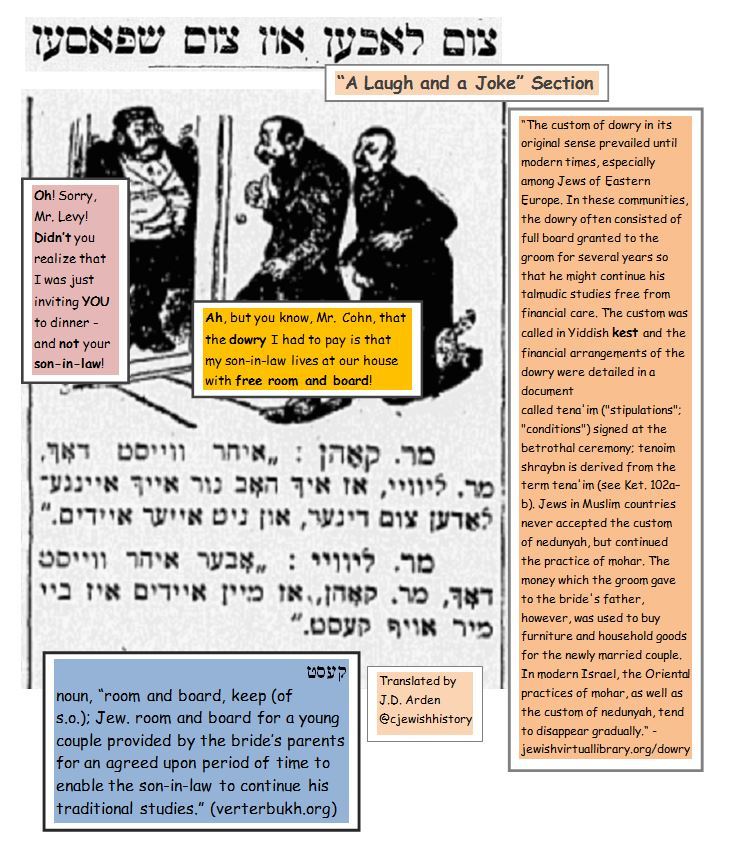americanjewishhistoricalsociety:
Our HIAS Archives Team writes a blog post every week about the amazing objects and stories they came upon while processing this important collection. Two weeks ago, Rachel Harrison, one of our HIAS project archivists, wrote this exceptional piece:
In June 1977, President Hafez el-Assad of Syria approved a plan where 12 young Jewish women would take part in proxy marriages to members of the Syrian Jewish community of Brooklyn, whom the women had never met, after which they would be allowed to emigrate to the United States. This decision came after months of secret negotiations with Representative Stephen J. Solarz, whose congressional district covered the Ocean Parkway and Midwood sections of Brooklyn, where approximately 25,000 Jews of Syrian background lived at the time, as well as a personal plea to Assad by President Carter, which also was made at the bequest of Solarz.
After Syrian independence from France in 1946, the 1947 Partition Plan, and the 1948 founding of Israel, Jews in Syria faced terrible discrimination, including several deadly pogroms and riots. By the time of the Six-Day War in 1967, there were an estimated 5,000 Jews in Syria, down from 40,000-45,000 Jews in 1948. Jews could not work for the government or banks, own telephones or driver’s licenses, Jewish property and passports were seized, bank accounts were frozen, Jewish schools were closed, and the Jewish cemetery in Damascus was paved over. A 1964 law restricted Jews from traveling more than 5 kilometers from their hometowns. Jews who were allowed to leave for medical or business reasons had to leave behind money and family members as collateral. The three largest Jewish communities, in Damascus, Aleppo, and Kamishli, were placed under house arrest for eight months following the Six-Day War. Jews began escaping in secret, sometimes with help from abroad, even though the penalty for attempting to escape or helping someone to escape was either imprisonment with hard labor or death and any family members left behind could be imprisoned. Most of those who escaped were young single men, who wanted to be free to leave at short notice. As a result, by 1977, there were 500 unmarried Jewish women in their late teens and early 20s who had no marriage prospects within the Jewish community and who were not allowed to marry non-Jews.
Representative Solarz traveled to Damascus in December 1976, where he spoke with Jewish leaders as well as Syrian government officials. The Jewish community asked that Solarz help bring the young women to his district in Brooklyn, because of the strong Syrian Jewish community. Certain Syrian government officials told him they were sympathetic to letting the women leave, as long as they did not go Israel. Back in Brooklyn, Solarz contacted local Syrian Jews who started to raise funds and look for eligible young men, as well as staff from HIAS and NYANA (New York Association for New Americans), who helped find private homes for the women to stay in, where their “husbands” could visit, and set up English-language classes and jobs for the women.
Secretary of State Cyrus R. Vance spoke with President Assad about the young women in February and in May 1977, National Security Advisor Zbigniew Brzezinski put Congressman Solarz in touch with President Carter, who then made a personal plea to the Syrian president in May. Assad eventually agreed to let 12 women leave through proxy marriages. Syrian yeshiva students from Brooklyn sent marriage proposals in June and in early July, Stephen Shalom and Michael Lewin, Solarz’s chief of staff, went to Damascus. The weddings occurred on July 19, 1977, and were conducted by the rabbi in the Damascus synagogue. Michael Lewin stood in for the absent grooms. At the same time, two other women were married in person to Americans who had come to Syria looking for wives. More than 500 people were present in the synagogue.
Please check out the HIAS project blog, On the Rescue Front, to learn more about the fascinating history of this exceptional organization.
From our Partner the American Jewish Historical Society

